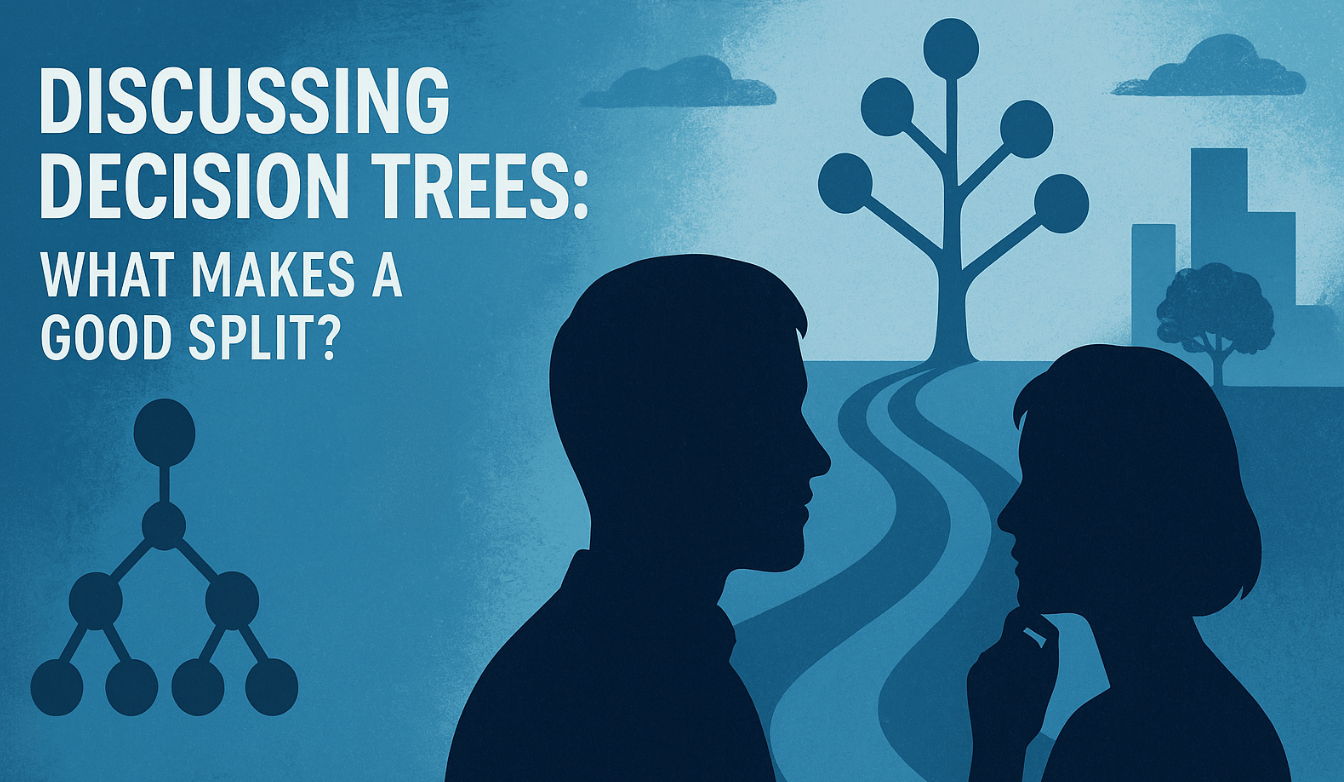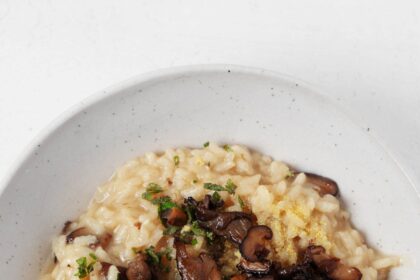Discussing choice timber: What makes a great break up?
Pictures by editor | chatgpt
introduction
It’s no secret that almost all superior synthetic intelligence options right this moment are based totally on impressively highly effective and sophisticated fashions akin to transformers, diffusion fashions, and different deep studying architectures. Nevertheless, fashions of milder to average complexity, akin to choice timber and random forests (mixed with a number of choice timber to carry out a single prediction process), are extremely widespread and efficient options for constructing prediction techniques throughout numerous situations, particularly in enterprise contexts. From detecting monetary fraud to predicting buyer churn and optimizing provide chains by predicting product demand, choice tree-based fashions are broadly utilized in real-world functions.
However what’s the underlying mechanism that makes the choice tree very appropriate for varied prediction duties? And what standards are used internally to construct them? Particularly, how do nodes are recursively divided as soon as the dendritic construction is fashioned? This text takes a better have a look at how choice timber work inside and focuses on how branches are created by intentional data-driven divisions (spoiler: definitely not taking place randomly).
The way to construct a call tree
To first perceive how the choice tree is constructed, and because of this, think about the instance proven within the picture beneath:

Uniformity is a tenet for constructing a great choice tree
Pictures by the writer
Suppose you’ve a big field containing two totally different colored balls and also you need to distribute them into two small containers. The requirement is to divide the set of balls into two subsets as homogeneous as doable. In different phrases, it has as few blended colours as doable. To carry out this “break up” within the unique field into two containers, you will note three doable choices. Choose choices A, possibility B, and possibility C. Which one would you select?
If you choose possibility B, it’s all there. And most of all, you have already got a grasp of a lot of the essence of how choice timber are constructed.
The method of constructing or coaching a call tree begins with a single node visually represented on the prime of the picture proven beneath. Like a Galton board with small beans stepped into the highest, its first node covers your complete set of coaching knowledge. For instance, should you plan to acquire a preferred IRIS dataset and construct a call tree to categorise IRIS observations into considered one of three doable species (courses), the coaching course of begins with all 150 situations of the dataset on the prime node.

Instance of a call tree constructed on prime of an IRIS dataset
Pictures by the writer
Here is why we recognized possibility B as the best choice in our earlier instance: Class uniformity is a crucial criterion pursued within the means of splitting and progressively rising the foundation node of a call tree. That you must be sure that the information situations are progressively remoted into homogenous nodes. Clearly, the place to begin shouldn’t be homogeneous. The primary coaching set comprises 150 situations evenly distributed throughout three courses, with 50 situations per class.
Make a great division
So, for instance, how do you divide a node containing 150 situations into two “small” nodes containing a subset of those situations? That is accomplished by defining a break up situation related to an attribute in a dataset and a threshold that sends all situations to 1 or the opposite of the break up, relying on its worth. For instance, wanting on the info on the prime of the foundation node permits you to observe the situations.
[ petal length (cm) <= 2.45 ]
This situation is used to separate 150 situations. This may ship any worth of the Petal Size attribute beneath 2.45 to one of many “baby nodes”, and any worth with petal lengths larger than 2.45 cm to different baby nodes. This ends in 50 and 100 situations which might be shorter than 2.45 cm, and with bigger petal lengths, respectively.
Beforehand, I stated “nothing occurs randomly” when constructing a call tree. Here is what I imply. The splitting situations, together with petal size attributes and a couple of.45 threshold values, should not arbitrarily chosen, however because of making use of a call tree constructing algorithm known as CART (Classification and Regression Tree), it minimizes the situations that maximize the situations that maximize the neade. Impurities are a measure of the heterogeneity of the situations contained in nodes of the choice tree, and there are primarily a number of measurements based mostly on info concept to measure it. Entropy and GINI indexes are essentially the most generally used.
Cart-like choice tree algorithm evaluates doable massive areas [attribute – threshold] Circumstances for splitting the nodes of the tree into two sub-nodes or baby nodes and deciding on splitting to maximise impurity discount. That’s, “By splitting a big field of colored balls into two small containers, which situations will end result within the greatest shift from a single numerous field to 2 extra homogenous containers?” It’s the discount of impurities. It strikes from uniform to homogeneous nodes because it progresses because it builds the tree by rising new nodes and performing steady splits.
Wanting on the worth = [X, Y, Z] The checklist of every node within the beforehand visualized choice tree exhibits the distribution of situations by class for that node. As you cross by the tree, you may see how the distribution turns into more and more concentrated round a single class.
Lastly, not every thing is totally black or white, and there are all the time sensible nuances to think about. For instance, it isn’t often a good suggestion to totally search excellent uniformity throughout all components of a grown tree. The truth is, rising the tree to realize excellent uniformity typically implies that the mannequin remembers coaching knowledge slightly than studying in a balanced means. In case you’re very accustomed to machine studying, you might know what this implies. Subsequently, though the primary steerage for splitting nodes within the choice tree seeks class uniformity, this course of must be utilized with warning to keep away from overremembering info from coaching knowledge, leading to a mannequin that can’t generalize to future unseen knowledge.
I will summarize
On this article, we examined vital elements of choice tree-based fashions in machine studying. It’s the means of classifying nodes to construct and develop choice timber for predictive duties akin to classification and regression. We discovered the within and outdoors of constructing choice timber that may use a delicate language and make correct predictions based mostly on dynamically outlined hierarchies of guidelines or situations with out going deep and technically deep.







